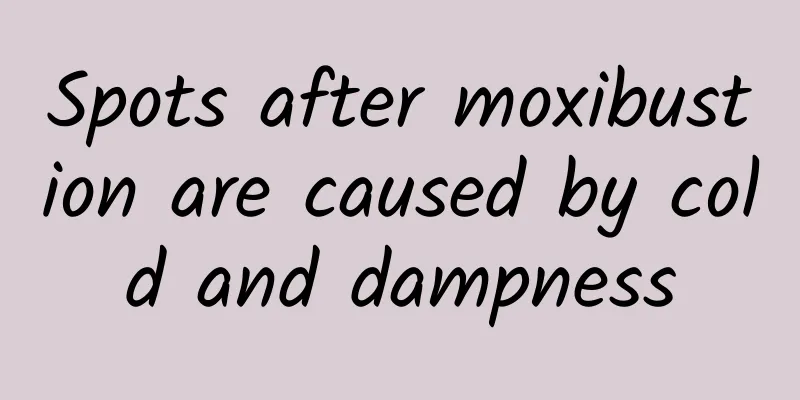What are the symptoms of spastic cerebral palsy?

|
Spastic cerebral palsy actually refers to cerebral palsy, which generally refers to symptoms such as motor posture disorders caused by various reasons due to the immaturity of the brain. So what are the symptoms of patients with spastic cerebral palsy? Clinical manifestations The location of brain lesions determines the clinical type of cerebral palsy. For example, damage to the cerebral cortex generally causes spasticity or lack of movement on a random basis. Most lesions are not limited to the area of a certain muscle controlled by the brain. The range of involvement is relatively wide, and the entire body part controlled by the brain will be affected. This is why the entire limb is affected to varying degrees, unlike poliomyelitis which only affects one muscle type. If one muscle is significantly affected, consider that other muscles in the area may also have varying degrees of spasm. Cerebral palsy hazards 1. Motor dysfunction: The ability of motor self-control is poor. In severe cases, the hands cannot grasp things, the feet cannot walk, and some cannot even turn over, sit up, stand, chew and swallow normally. 2. Posture disorders: various abnormal postures and poor posture stability. If the baby still cannot hold the head upright at 3 months old, and is accustomed to leaning to one side, or shaking left and right, front and back, etc. It is not easy to open your fist when washing your hands. 3. Intellectual disability: About 1/4 of the children have normal intelligence, about 1/2 have mild or moderate intellectual disability, and about 1/4 have severe intellectual disability. 4. Language disorders: difficulty in language expression, unclear pronunciation or stuttering and other symptoms. 5. Visual and auditory impairment: The most common impairments are esotropia and difficulty in distinguishing the rhythm of sounds. 6. Tooth development disorders: loose teeth, easy to break, oral and facial dysfunction, facial and tongue muscles sometimes spasm or uncoordinated contraction, difficulty chewing and swallowing, difficulty closing the mouth, and drooling, etc. |
<<: What are the symptoms of progressive supranuclear palsy?
>>: What are the symptoms of vaginal leiomyosarcoma?
Recommend
What are the symptoms of uterine infection?
Uterine infection is a common gynecological disea...
Is breast tenderness normal after medical abortion?
Breast pain after medical abortion is mainly beca...
Is clarithromycin extended-release tablets effective in treating mycoplasma?
Have you heard of clarithromycin extended-release...
Umbilical cord blood sampling
I don’t know if all pregnant women have done umbi...
Symptoms of cranial nerve atrophy
There are many nerves distributed in the human br...
Shenling Baizhu San prescription
Shenling Baizhu San? Never heard of it. Most of m...
Why are you shaking all over?
In our lives, for example, when the weather sudden...
How condyloma acuminatum is transmitted
There are many common diseases in life. Different...
Sudden menopause without pregnancy
A woman's health depends on whether she still...
It’s hot and humid in summer, here are the ultimate tips for preventing heat stroke!
1. Daily precautions against heat stroke First of...
Is hand eczema ointment effective?
It is actually quite common to have rashes on the...
What are the four stages of impaired consciousness?
Impaired consciousness can be divided into severa...
What to do if your baby coughs and spits up milk
It is also common for babies to cough and spit up...
What can pregnant women do to enlarge their breasts during pregnancy?
People often say that no matter how small your br...
What causes teeth grinding while sleeping?
Bruxism refers to the habit of grinding teeth dur...









